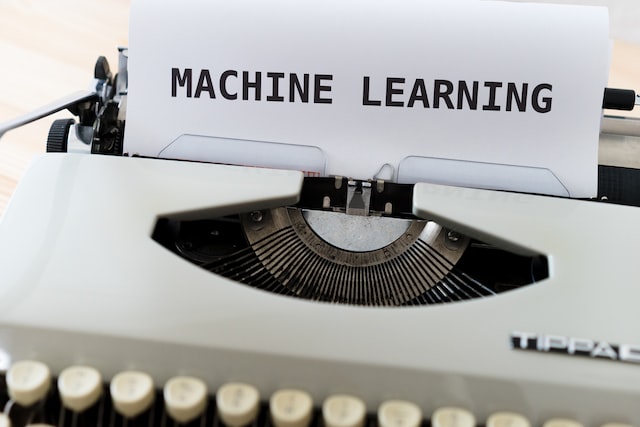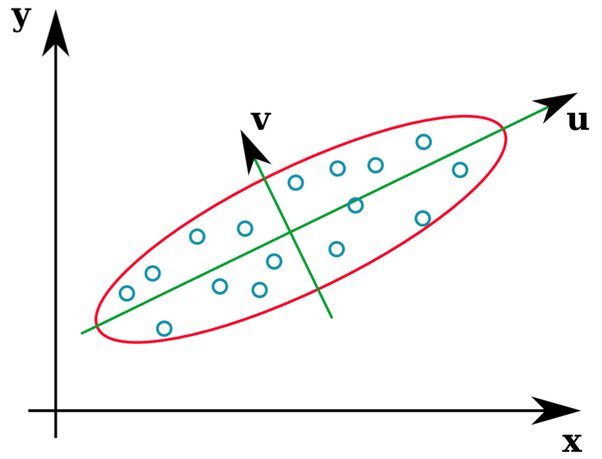Machine Learning is great for:
- Problems for which existing solutions require a lot of fine-tuning or long lists of rules: one Machine Learning algorithm can often simplify code and perform better than the traditional approach.
- Complex problems for which using a traditional approach yields no good solution: the best Machine Learning techniques can perhaps find a solution.
- Fluctuating environments: a Machine Learning system can adapt to new data. Getting insights about complex problems and large amounts of data.
Examples of applications
- Analyzing images of products in a production line to classify them (CNN)
- Detecting tumors in brain scans (CNN)
- News articles classification (NLP, RNN, CNN or Transformers)
- Flagging unwanted content (NLP)
- Summarizing long documents (Text Summarization)
- Chatbot (NLP, NLU)
- Forecasting revenue based on many performance metrics (Linear Regression, SVM, NN)
- Segmenting clients based on their purchases (Clustering)
- Recommending a product based on past purchases (Artificial NN)
- AI bot (RL)
Types of ML
- Trained with human supervision (supervised, unsupervised, semisupervised, RL)
- Whether or not they can learn incrementally on the fly (online vs batch learning)
- Whether they work by comparing new data points to known data points or by detecting patterns in the training data and building a model (instance-based vs model-based learning)




